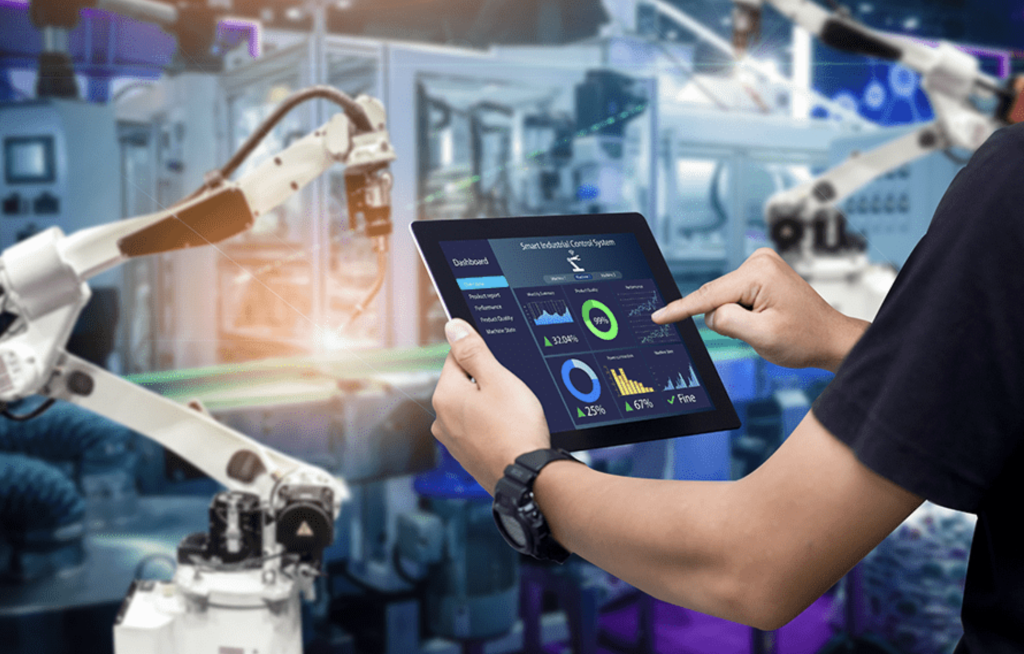It is important to understand the power of technology when it comes to smart buildings and how things are trending these days.
Internet of Things (IoT)
This is one of those technologies that will continue to be important in the coming years. It is about using technology that involves Internet Protocol platforms where multiple devices can interconnect and exchange data instantly. This is powerful and it helps automate tasks without having to skip over details or miss out on time-sensitive situations. It is also a great way to spread it across the building and maximize how assets are handled.
For the most part, the IoT-enabled devices are interlinked through the Internet based on a mobile app. This ensures everyone is on the same page and that optimizes the user experience down to the last detail.
This can be used for things such as smart meters, self-learning thermostats, smart restrooms, and paper towel dispensers to name a few.
Artificial Intelligence
Artificial Intelligence is empowering when it comes to the construction industry. It is about how software is implemented to take human intelligence and understand it better for the purposes of internal growth. This includes knowing how to automate specific decisions and completing those tasks without needing human supervision.
A good example of this would be the asset management system picking up on inefficiencies in the asset workflows. This could be anything that is not working properly (i.e. an appliance).
Even small adaptations can go a long way in getting more out of the appliance and ensuring the smart building functions as it needs to.
It is also possible to have AI-enabled automation software, which can help with work orders or maintenance needs without having to get a human involved.
Aerial Drones
Drones are not just for taking pictures and/or delivering packages to customers. There is a lot more that goes into this tech and it is used for different purposes too. This includes taking a look at what is going on around the job site during operations. It is also good for taking photos of retail spaces and/or other commercial locations where this type of support is essential in optimizing the setup. Employees can make sure they are automating tasks that will allow them to think about other aspects of what they are doing. This is essential when it comes to making sure the results are on par with the quality you require. Drones are efficient, safe, and easy to put into unique situations.
Drones can help with a wide array of situations including:
* Finding Out If There Are Intruders On-Site
* Scanning The Warehouse For Setting Up Materials Or Tools
* Inspecting Hard-To-Reach Locations (I.e. Rooftops)
* Looking At On-Site Work Delays To See What Can Be Improved
Building Information Modeling (BIM)
This is an essential technology when it comes to 3D modeling. The process takes a look at understanding the nuances of a structure including its physical characteristics. BIM is renowned for being used by AEC professionals but it has been used in other situations including construction management and facilities management.
BIM is seen as a way to figure out the intricacies of intelligent buildings.
This includes understanding the value of asset allocation within the operations. It is also about getting insights into spatial situations and how building components are set up. This is the type of information that goes a long way in maximizing each material.
Augmented and Virtual Reality
Augmented reality continues to be important as it offers a unique way to look at the real-world. This includes managing computer-generated sensory input. The goal is to take a camera an have non-real objects situated in the setting as a way to manipulate physical surroundings.
With virtual reality, the idea is to use computer-generated sensors and develop an immersive environment that is easy to engage with. This is a great way to step away from the real world and be present in a virtual world through the equipment on hand.
These technologies are great in construction when it is time to design different elements or manage operations.
This includes setting up VR mock-ups of projects or structures being set up. This is great information to see what the issues might be and what can be improved on before the actual work begins.

